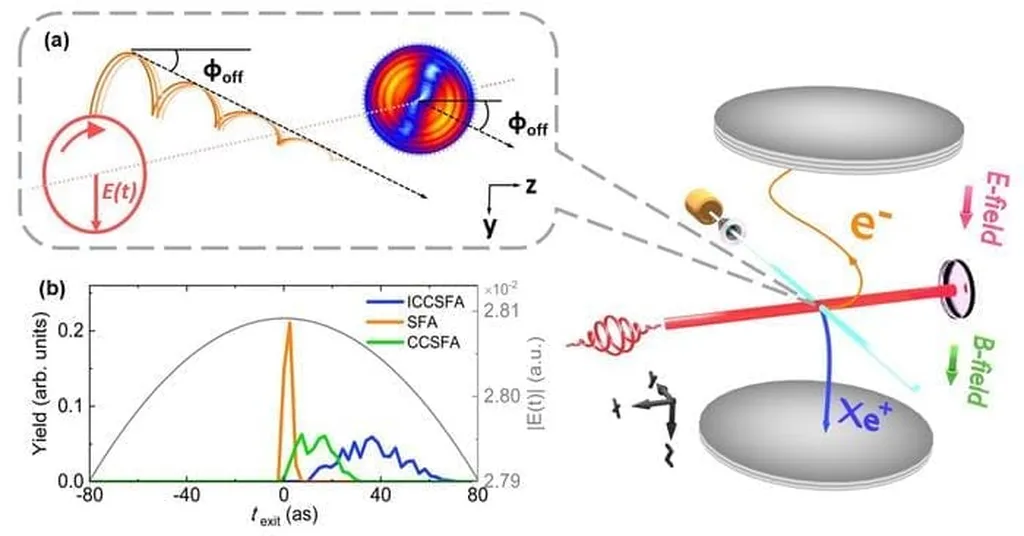In the realm of energy and optoelectronics, understanding the intricate dance of electrons is akin to deciphering a complex code that could unlock new technologies. Researchers Maksim Radionov and Daria Popova-Gorelova from the Max Born Institute for Nonlinear Optics and Short Pulse Spectroscopy in Berlin are at the forefront of this endeavor, exploring innovative ways to observe and manipulate electron dynamics with unprecedented precision.
In a recent study published in the journal Nature Communications, Radionov and Popova-Gorelova propose a novel technique called attosecond momentum-resolved resonant inelastic x-ray scattering (MR-RIXS) to track ultrafast electron dynamics. This method leverages the latest developments in attosecond x-ray sources, which offer the potential to observe electron dynamics with atomic-scale resolution.
The challenge lies in interpreting the time-resolved signals generated by these ultra-fast probes. Due to the broad bandwidth of attosecond probe pulses, connecting the signal to specific dynamics is not straightforward. The researchers demonstrate that MR-RIXS can overcome this hurdle by providing information about the instantaneous distribution of charge density across the scattering atoms. This capability is crucial for understanding the coupled electron-hole dynamics that underpin many energy transfer and optoelectronic processes.
To illustrate the potential of MR-RIXS, the researchers applied the technique to an α-sexithiophene molecule, a material relevant to organic electronics and photovoltaics. By exciting coupled electron-hole dynamics in the molecule, they showed that MR-RIXS could effectively track these dynamics, offering insights into the fundamental processes that govern energy transfer and optoelectronic behavior.
The practical applications of this research are significant for the energy sector. By improving our understanding of electron dynamics, we can enhance the efficiency of light-harvesting systems, such as solar cells, and develop more advanced optoelectronic devices. Additionally, the insights gained from studying coupled electron-hole dynamics can inform the design of new materials for energy storage and quantum computing.
In essence, Radionov and Popova-Gorelova’s work represents a significant step forward in our ability to observe and manipulate electron dynamics. As we continue to push the boundaries of what is possible with attosecond x-ray sources, the potential applications for the energy industry are vast and promising.
This article is based on research available at arXiv.

